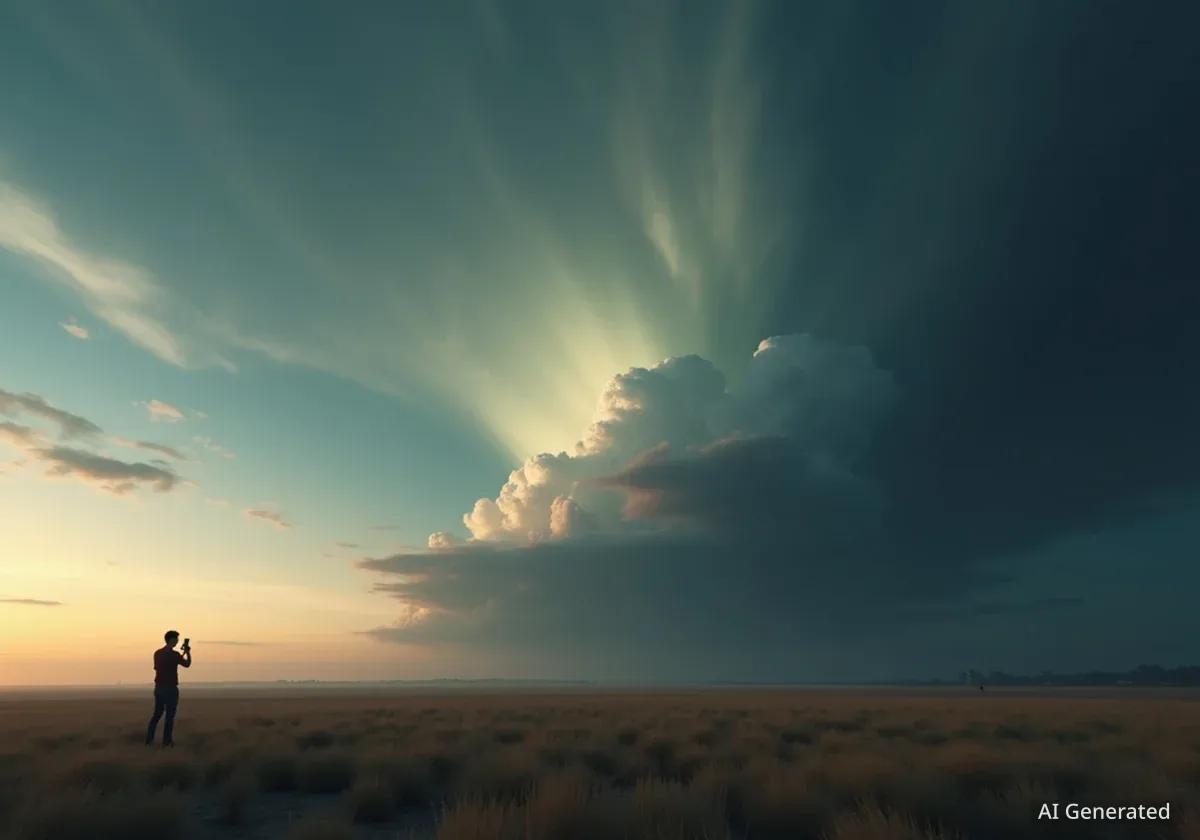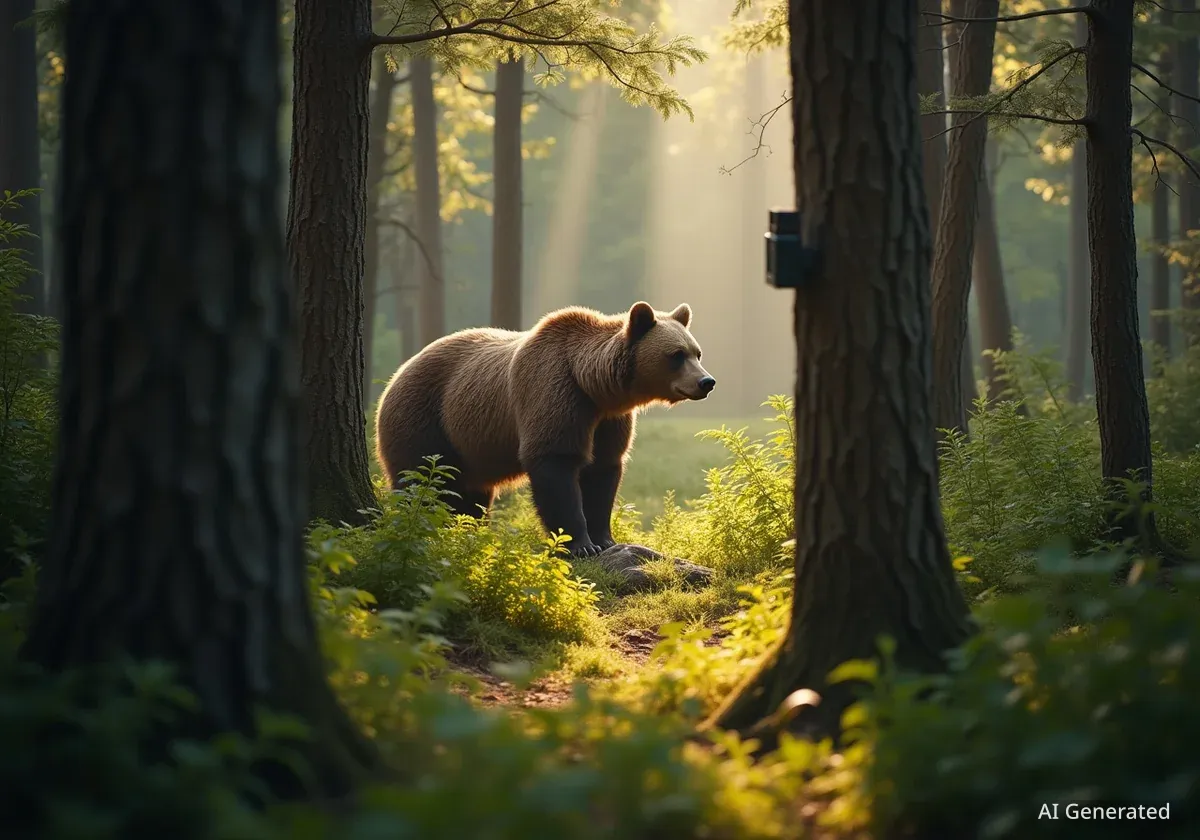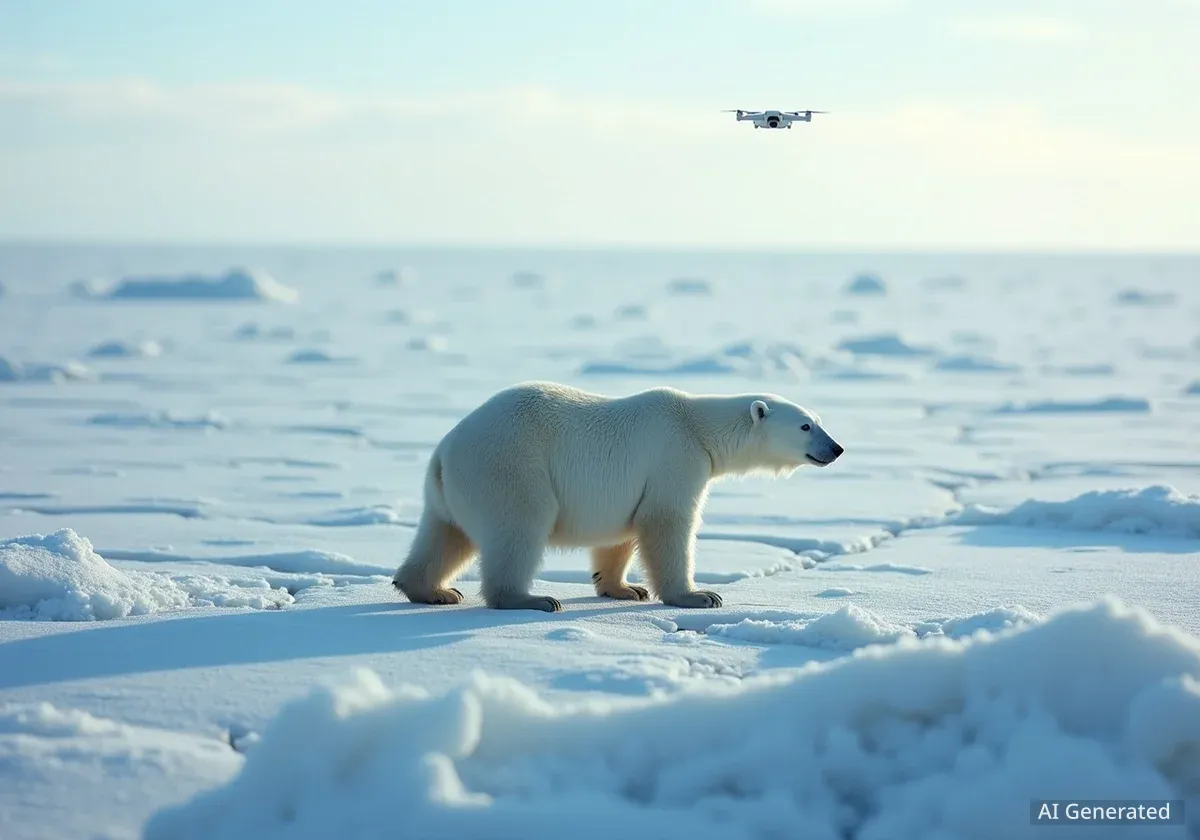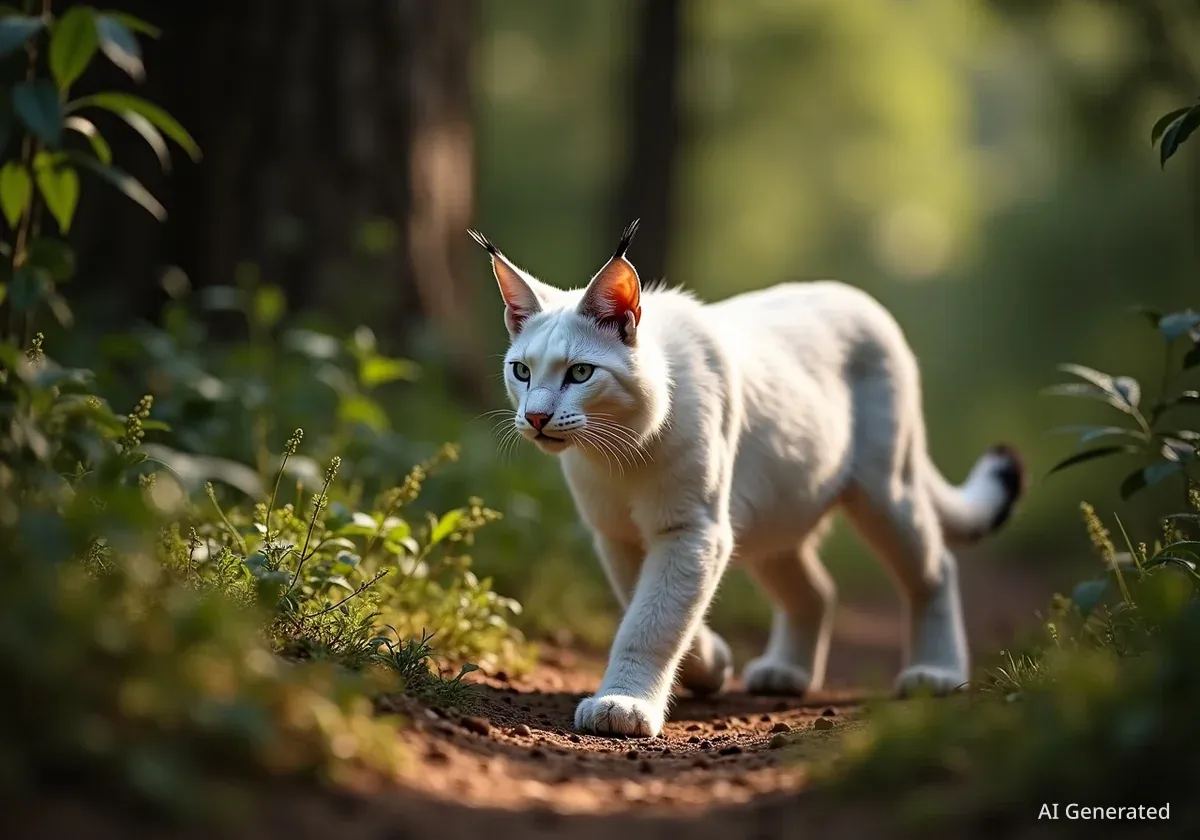The finalists for the Standard Chartered Weather Photographer of the Year 2025 competition have been revealed. Twenty-five striking images, capturing diverse atmospheric phenomena from around the world, are now open for public voting. This year's selection highlights both professional skill and the accessibility of weather photography, with nearly half of the featured photos taken using smartphone cameras.
Key Takeaways
- Twenty-five images are finalists in the 2025 Weather Photographer of the Year contest.
- The public can vote for their favorite photo until October 16.
- Almost 50% of the finalist images were captured using smartphone cameras.
- The competition aims to raise awareness about environmental issues.
- Images depict phenomena from supercell storms to nacreous clouds across multiple continents.
Showcasing Nature's Power Through the Lens
The Standard Chartered Weather Photographer of the Year competition is organized by the UK's Royal Meteorological Society. It serves as an international platform. The competition aims to raise global awareness of environmental challenges. These challenges include heatwaves, extreme flooding, and cyclones. It also highlights the artistic and technical skills of weather photographers worldwide.
This year's finalists demonstrate a wide range of weather events. They span various locations across the globe. From the misty valleys of England to the dramatic skies over Shanghai, each image tells a unique story of nature's power and beauty. The competition emphasizes that compelling weather photography is often about timing and observation.
The Rise of Smartphone Photography in Weather Captures
A notable trend in the 2025 competition is the significant presence of smartphone-captured images. Almost half of the 25 finalists were taken with mobile phones. This fact underscores a core principle in photography: the best camera is often the one readily available. It proves that high-quality weather photography is accessible to many people, not just those with professional equipment.
Quick Fact
The competition received submissions from numerous countries, reflecting its global reach and diverse interpretations of weather phenomena.
For example, Simon Brown captured a frosty, foggy valley in Malvern Hills, England, using an iPhone XR. Eloise Matthews used an iPhone 14 to photograph a double rainbow over Lake Bled in Slovenia. Victor Cirstet submitted two photos from Antarctica, both taken with an Apple iPhone 13 Pro. These examples show the capability of modern smartphone cameras in challenging conditions.
Diverse Weather Phenomena Captured
The finalist images present a stunning array of meteorological events. These include rare cloud formations, powerful storms, and serene atmospheric conditions. Each photograph provides a glimpse into the dynamic processes shaping our planet's weather.
Dramatic Storms and Unique Clouds
He Wei, a photographer from China, captured a supercell storm over Shanghai. This occurred in 2019, on the eve of Typhoon Lingling. He Wei described the scene:
"The sky was filled with the immense power of nature, and the human city on the ground remained orderly and calm, with movement and stillness, creating a magnificent sight."He flew his DJI Mavic 2 Pro drone from a 120-meter building into strong pre-typhoon winds to get the panoramic shot. The image shows the sheer scale of the storm above the urban landscape.
Another striking image comes from Lukáš Gallo in the Czechia. While driving near Vodňany, he observed unusual clouds forming. After about 30 minutes, stunning Kelvin-Helmholtz wave clouds appeared. He quickly stopped to photograph the momentary display with his Sony a7r2 camera.
Understanding Kelvin-Helmholtz Clouds
Kelvin-Helmholtz clouds are rare, wavy cloud formations. They resemble breaking ocean waves. They form when two layers of air move at different speeds, causing a shearing effect. These clouds are often indicators of atmospheric instability.
Other Notable Captures
- Nacreous Clouds: Victor Cirstet photographed nacreous, or polar stratospheric, clouds at Rothera Research Station in Antarctica. Matt Stuttard Parker also captured nacreous clouds reflected in melted ice in northern Sweden.
- Aurora Lights: Yevhen Samuchenko combined cumulus and altocumulus clouds with aurora lights above Iceland’s Kirkjufell Mountain.
- Lightning: Carlos Castillejo Balsera captured a dramatic lightning strike illuminating the Sagrada Familia in Barcelona.
- Fog and Inversions: Andy Gray documented dramatic temperature inversions in the UK’s Peak District. These inversions create a layer of cooler air trapped beneath warmer air, forming fog or low clouds in valleys.
- Rain and Flooding: Images also include heavy rain in Dusseldorf by Adam D’Auria and a flooded supermarket car park in Stafford, England, by Ian Knight. Knight noted, "This car park floods higher and higher each year."
The Importance of the Competition
The Royal Meteorological Society uses this competition to highlight critical environmental issues. Weather patterns are changing globally. This leads to more frequent and intense events like heatwaves and floods. The photographs serve as powerful visual reminders of these changes. They also inspire appreciation for the natural world.
The public voting period runs from September 19 to October 16. Individuals can visit the shortlist gallery on the competition's official website to cast their vote. This public engagement aspect helps to further spread awareness and appreciation for meteorology and photography.
Photographers from various backgrounds participated. This includes professionals and enthusiasts. Their work collectively presents a comprehensive visual record of Earth's diverse and often extreme weather conditions. The competition encourages everyone to observe their surroundings and capture the beauty and force of weather.
Global Representation in Finalists
The finalist images originate from many different countries. This includes China, Czechia, Slovakia, Slovenia, Poland, Antarctica, Iceland, the UK, Sweden, India, Myanmar, Germany, and the USA. This global representation underscores the universal impact of weather and the shared human experience of observing it.
Specific examples include a dirt track leading to a brooding storm in Slovakia, captured by Tamas Kusza using a Huawei P50 Pro. Dominika Koszowska photographed a morning scene in Lapszanka, Poland, with a Sony Xperia 5 IV. Himadri Bhuyan captured a frozen lake surface in Arunachal Pradesh, India, using a Nikon D750.
These images not only showcase photographic talent but also provide valuable insights into regional weather characteristics. They contribute to a broader understanding of meteorological diversity across continents. The competition continues to be a key event for both weather enthusiasts and the photography community.




